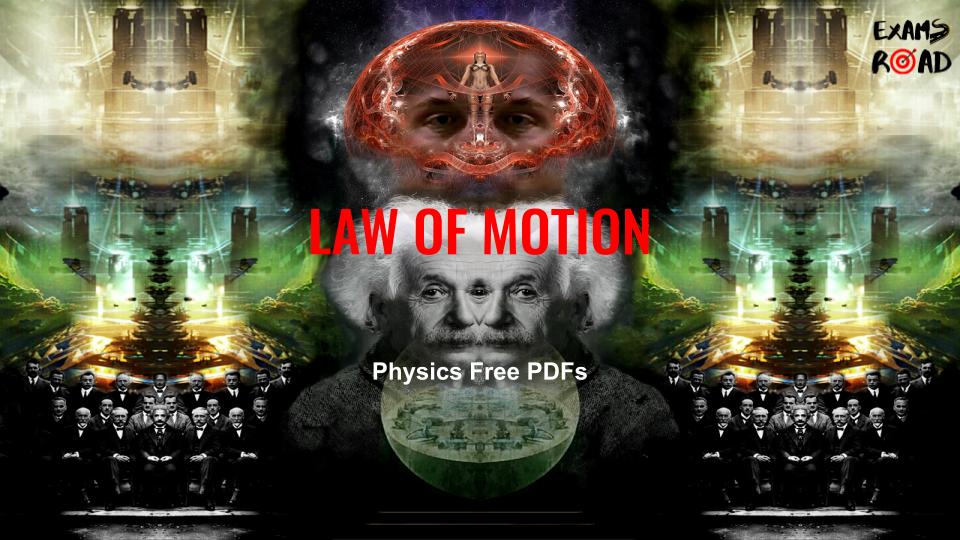MCQs on Biomolecules PDF – Free Objective Question & Answers
Biomolecules [CHEMISTRY NEET JEE PDF] : Biomolecules PDF. Biomolecules are the organic molecules that are essential for life processes and are found in living organisms. These molecules are involved in various biological functions such as providing structure, carrying out metabolic reactions, and transmitting genetic information. Biomolecules can be divided into four major categories: carbohydrates, lipids, proteins, and nucleic acids.
MCQs on Biomolecules PDF – Click Here
Let’s explore each category in detail with examples:
- Carbohydrates: Carbohydrates are organic compounds composed of carbon, hydrogen, and oxygen atoms. They are the primary source of energy in living organisms. Carbohydrates can be further classified into three subcategories: monosaccharides, disaccharides, and polysaccharides.
- Monosaccharides: These are simple sugars, such as glucose, fructose, and galactose. They have a single sugar unit and serve as a source of energy.
- Disaccharides: Disaccharides are formed by the combination of two monosaccharide units through a glycosidic bond. Examples include sucrose (glucose + fructose), lactose (glucose + galactose), and maltose (glucose + glucose).
- Polysaccharides: Polysaccharides consist of multiple monosaccharide units joined together. Examples include starch (energy storage in plants), glycogen (energy storage in animals), and cellulose (structural component of plant cell walls).
- Lipids: Lipids are hydrophobic molecules composed of carbon, hydrogen, and oxygen atoms. They are involved in energy storage, insulation, and the formation of cell membranes. Lipids include various subcategories such as fatty acids, triglycerides, phospholipids, and steroids.
- Fatty acids: Fatty acids are the building blocks of many lipids. They can be saturated (no double bonds) or unsaturated (one or more double bonds).
- Triglycerides: Triglycerides are formed by combining three fatty acid molecules with a glycerol molecule. They serve as a long-term energy storage form in adipose tissues.
- Phospholipids: Phospholipids are major components of cell membranes. They consist of a glycerol molecule, two fatty acid chains, and a phosphate group.
- Steroids: Steroids are lipids characterized by a specific four-ring structure. Examples include cholesterol and hormones like estrogen and testosterone.
- Proteins: Proteins are large, complex molecules composed of amino acids. They play crucial roles in cellular structure, enzymatic reactions, transportation, immune response, and more. Proteins are made up of linear chains of amino acids that fold into unique three-dimensional structures.
- Amino acids: Amino acids are the building blocks of proteins. There are 20 different types of amino acids, each with a specific side chain. Examples include glycine, alanine, and phenylalanine.
- Peptides: Peptides are short chains of amino acids linked by peptide bonds. They are formed during protein synthesis.
- Proteins: Proteins are formed by the bonding of multiple peptides. They can be globular (e.g., enzymes) or fibrous (e.g., collagen).
- Nucleic acids: Nucleic acids are complex biomolecules that store and transmit genetic information. There are two types of nucleic acids: deoxyribonucleic acid (DNA) and ribonucleic acid (RNA).
- DNA: DNA is a double-stranded molecule found in the nucleus of cells. It consists of four nucleotide bases: adenine (A), thymine (T), cytosine (C), and guanine (G).
- RNA: RNA is a single-stranded molecule involved in protein synthesis. It contains the same bases as DNA, except that uracil (U) replaces thymine.
These biomolecules are vital for the structure, function, and regulation of biological systems. Understanding their properties and interactions is crucial in fields such as biochemistry, molecular biology, and medicine.
Free Download – Notes on Biomolecules PDF
Thank You,
Team ExamsRoad.com
In Association with ExamsRank.com





![100+ MCQs on Chemical Bonding PDF – Free Objective Question & Answers [Chemistry NEET JEE] Chemical Bonding PDF](https://examsroad.com/wp-content/uploads/2023/06/Chemical-Bonding-PDF-218x150.jpg)













